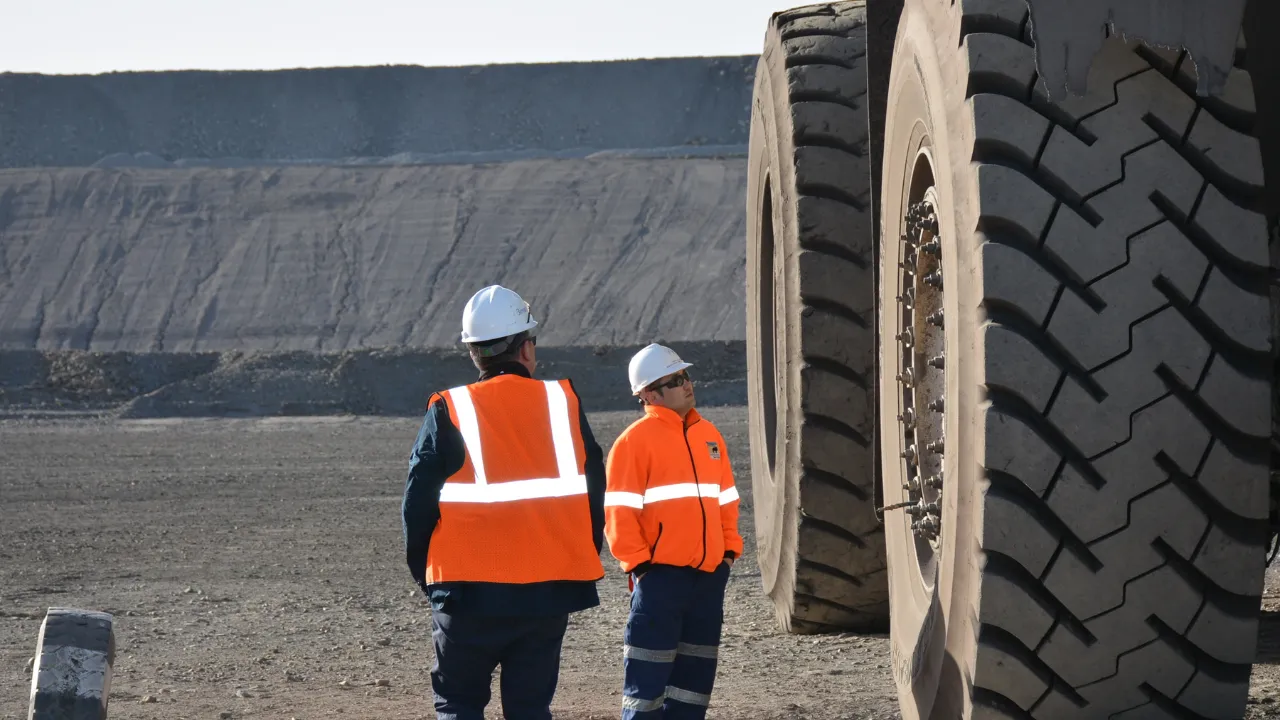The Hidden Costs of Poor Risk Management in Construction Projects

Every construction project begins with ambition.
New infrastructure, growing cities, and teams working under pressure to deliver.
However beneath the surface, poor risk management quietly erodes profits, delays completion, and damages reputations long before the first safety incident or budget blowout appears.
In an industry where one miscommunication can halt an entire site, hidden costs lurk in the gaps between planning and execution. They show up as regulatory penalties, rework, and safety failures that could have been prevented with clear accountability and better collaboration.
The truth is simple: risk management is not a compliance exercise. It’s the backbone of every successful project. The difference between teams that constantly firefight and those that finish on time, on budget, and with their reputation intact.
This article breaks down the unseen financial and operational damage caused by weak risk practices and shows you how to build a robust, systematic approach that safeguards both people and profits.
Hidden costs of poor construction risk management
- Hidden costs include massive regulatory penalties, reputation damage, and lost business opportunities
- Effective risk monitoring prevents budget overruns and schedule delays
- Create a systematic risk management plan with clear responsibilities
- Successful projects depend on comprehensive risk management plans with clear responsibilities
Few things are as risky as construction projects, making effective risk management in construction projects a critical priority for any successful venture.
You face challenges with heavy equipment, crews working in precarious situations, and complicated logistics that all present significant safety hazards.
Construction risk management typically begins during the early planning stages.
However, many project managers underestimate the hidden costs that poor risk management practices can introduce throughout the project lifecycle.
Your construction risk management plan serves as your blueprint for identifying, assessing, and mitigating potential risks before they escalate into costly problems.
The visible and invisible costs of poor risk management
The financial impact of neglected risk management goes far beyond what appears on balance sheets. When you fail to implement proper risk management in construction projects, both visible and invisible costs accumulate rapidly.
Large construction projects frequently exceed budgets by over 30% and face delays exceeding 40% due to inadequate risk management. Safety concerns represent another significant expense.
Beyond these tangible expenses lie hidden costs that silently erode profits. Poor communication often stemming from inadequate risk management contributes to approximately one-third of all construction project failures.
How poor risk management breaks down construction projects
Construction projects crumble when risk management in construction projects fails, creating a domino effect throughout project delivery. Communication breakdown stands as the primary culprit, causing project failure one-third of the time.
Unrecognised hazards represent another critical failure point. This occurs because traditional safety interventions are often designed without understanding the actual challenges workers face during hazard recognition.
Inadequate risk monitoring and control ultimately lead to significant financial losses. When project managers rely on personal instincts rather than systematic risk management processes, the results include cost overruns and potential project failure.
Fixing the cracks: how to prevent hidden costs
Preventing hidden costs in construction projects starts with a systematic approach to risk management. First, establish a comprehensive risk management plan that clearly defines the objectives for managing risks.
For effective implementation, follow these essential steps:
- Identify potential risks early on by utilising brainstorming sessions, expert interviews, and historical data analysis.
- Evaluate risks using both qualitative and quantitative methods to determine likelihood and impact.
- Implement appropriate control measures following the hierarchy of controls: elimination, substitution, isolation, engineering controls, administrative controls, and PPE.
- Monitor and review risks regularly, updating your risk register as the project progresses.
Notably, the bowtie analysis method offers a powerful visualisation tool for mapping threats, consequences, and preventive measures in one clear picture.
Conclusion
Have you established clear responsibilities for risk management in construction projects throughout your project team?
Take action today with Impress Solutions. Review your risk management practices, identify gaps in your current system, and implement the structured approach outlined in this blog.
Get in touch with us to learn more!
More insights
Ready to Save Lives at Work?
With Impress Solutions, you’re not just getting a service, you’re securing peace of mind with a partner you can trust. Book a free consultation today, and let’s map out how we can help you save lives at work.


.png)
.png)
.png)
.png)
.png)
.png)
.png)
.png)
.png)
.png)
.png)
.png)
.png)
.png)
.png)
.png)
.png)
.png)
.png)
.png)
.png)
.png)
.png)
.png)
.png)
.png)
.png)
.png)
.png)
.png)
.png)
.png)
.png)
.png)
.png)



.png)






























.webp)
.webp)




.png)

